Sorcerer’s Trove of “Magic” Charms Found at Pompeii
A stunning variety of items was discovered in this cache.
For many people the ruins of Pompeii are a heartbreaking introduction to archaeology. The lives of everyone in the city were snuffed out like candle flame once Mount Vesuvius erupted in the year 79 AD, their bodies and belongings frozen in time by loads of volcanic ash. The discovery of nearly intact homes, human and animal remains, murals, and temples over the centuries has made the city of Pompeii a popular site for tourists for the past 250 years! There is constant excavation and conservation taking place amongst the many artifacts at Pompeii and archaeologists have recently discovered a trove of objects believed to have been used for magical purposes.
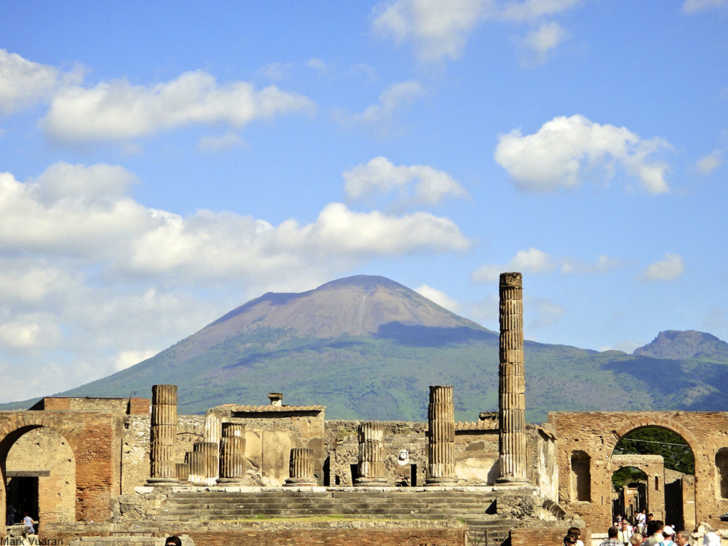
The house in which the objects were found also contained the bodies of 10 people, which included women and children. In a separate area from the human remains, the traces of a wooden box were found, the wood long since completely decomposed which left the metal hinges and the outline of the where the box was of the box for evidence. Found with the hinges was a mass of objects which are thought to have been used for magical purposes and have been referred to as a “sorcerer’s trove”. Researchers do not yet have any evidence on whether the owner of the box escaped or not.
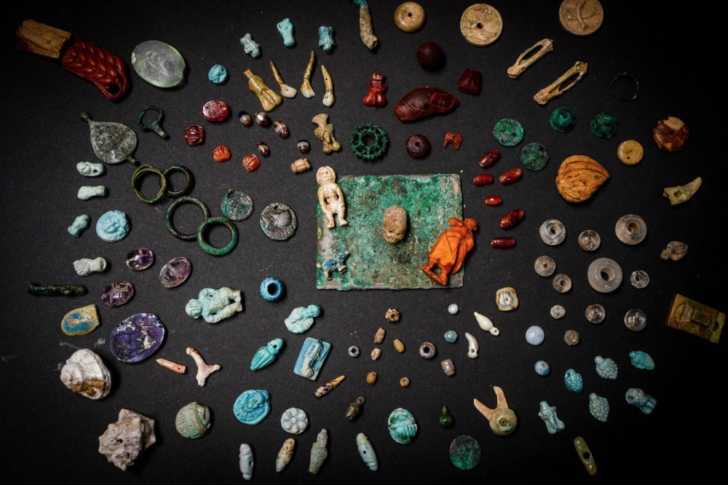
In the cache of objects were crystals, pieces of amber, ceramic beads, amulets, a tiny box for salve, charms, and mirrors- the latter of which was not a common item in 79 AD. Egyptian scarabs, various gems, and small figurines were also among the objects. According to the director of the Archaeological Park at Pompeii, Massimo Osanna, the theory on the trove is that it might have belonged to slave or servant since there were no gold objects in the stash, a material much-preferred by the wealthy residents of Pompeii.


Osanna suggested that this complex set of objects were most likely used in rituals and probably by women. Among the collection was a small figurine of Dionysus, the god of madness, wine, and fertility. The trove also included a small figure of Harpocrates, god of silence and secrets and the embodiment of hope. Some small phallus-shaped charms made of glass were also among the small horde.
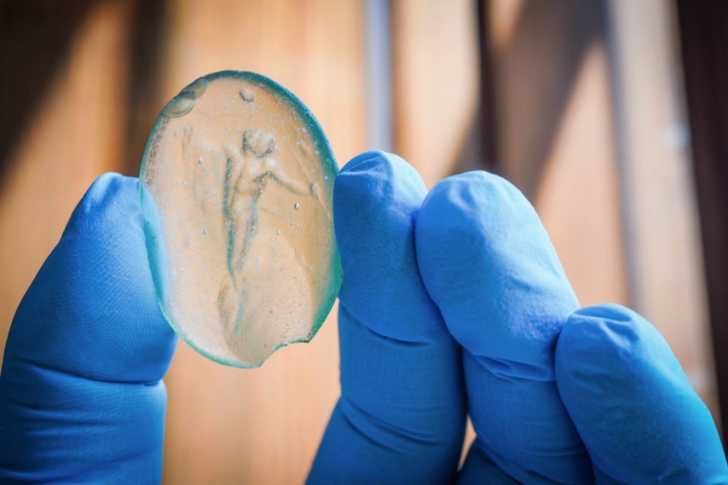

The home where these objects were found is known as “The House of the Garden” and is located in region 5 of Pompeii. It remains to be seen who the 10 individuals were and what (if any) relationship they might have had with the box of magical objects. According to Osanna: “…we are trying to establish kinship relationships, thanks to DNA analysis. Perhaps the precious box belonged to one of these victims.”

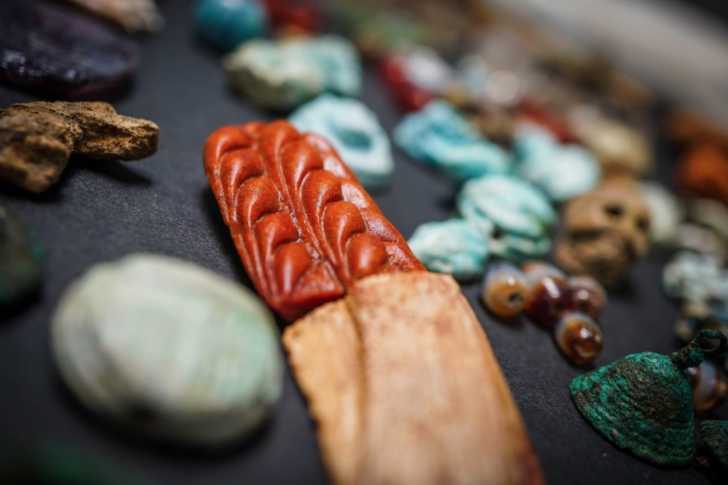
According to a press release from the Ministero per i Beni e le Attività Culturali (Ministry of Cultural Heritage and Activities) the magical objects have been restored and the collection is set to be exhibited at the Palestra Grande which is a museum located near what was a 1st century gymnasium. The museum now houses many historic Pompeiian frescoes behind glass, among other treasures.
It’s not everyday that such a collection of ancient magical items is discovered and the find could represent yet another turning point for the site after many logistical and labor problems in recent years.
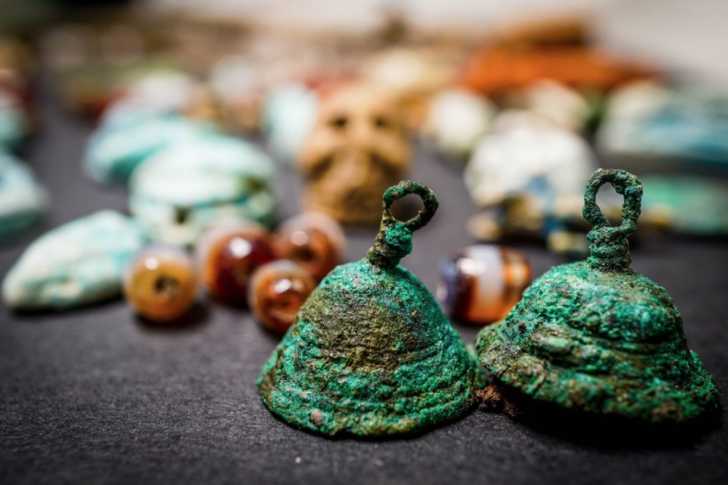
SKM: below-content placeholderWhizzco for DOT

